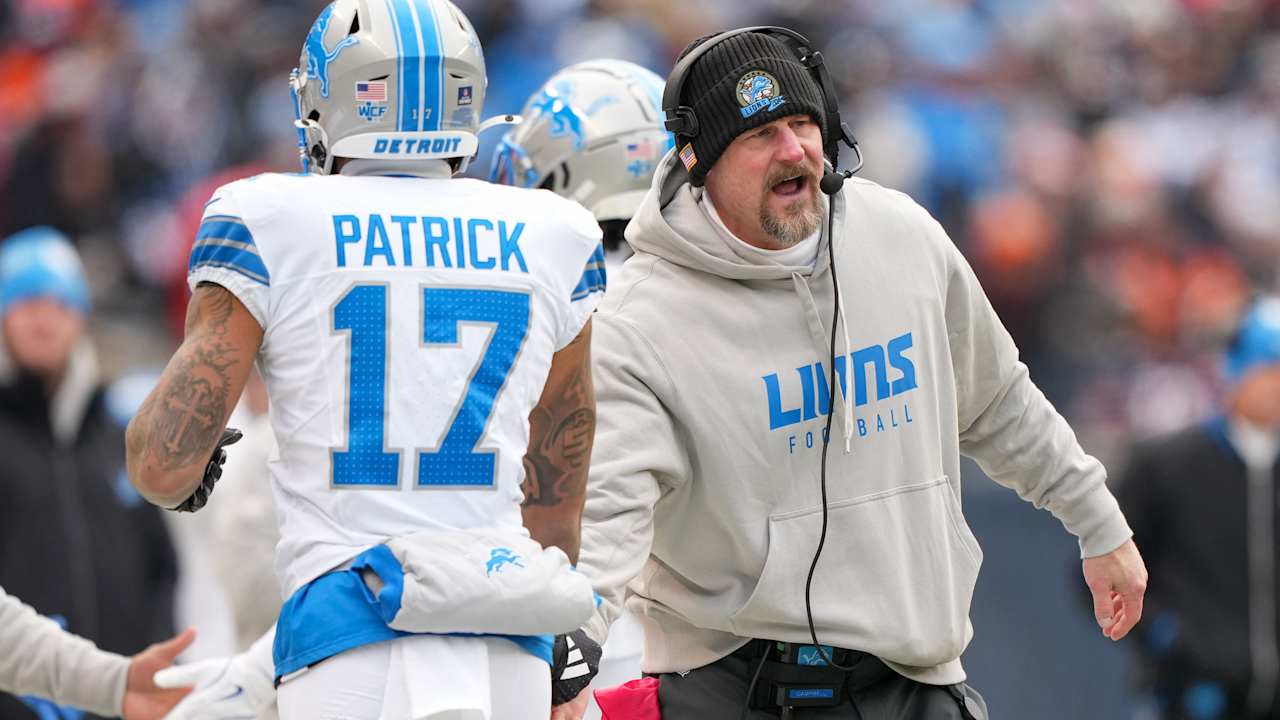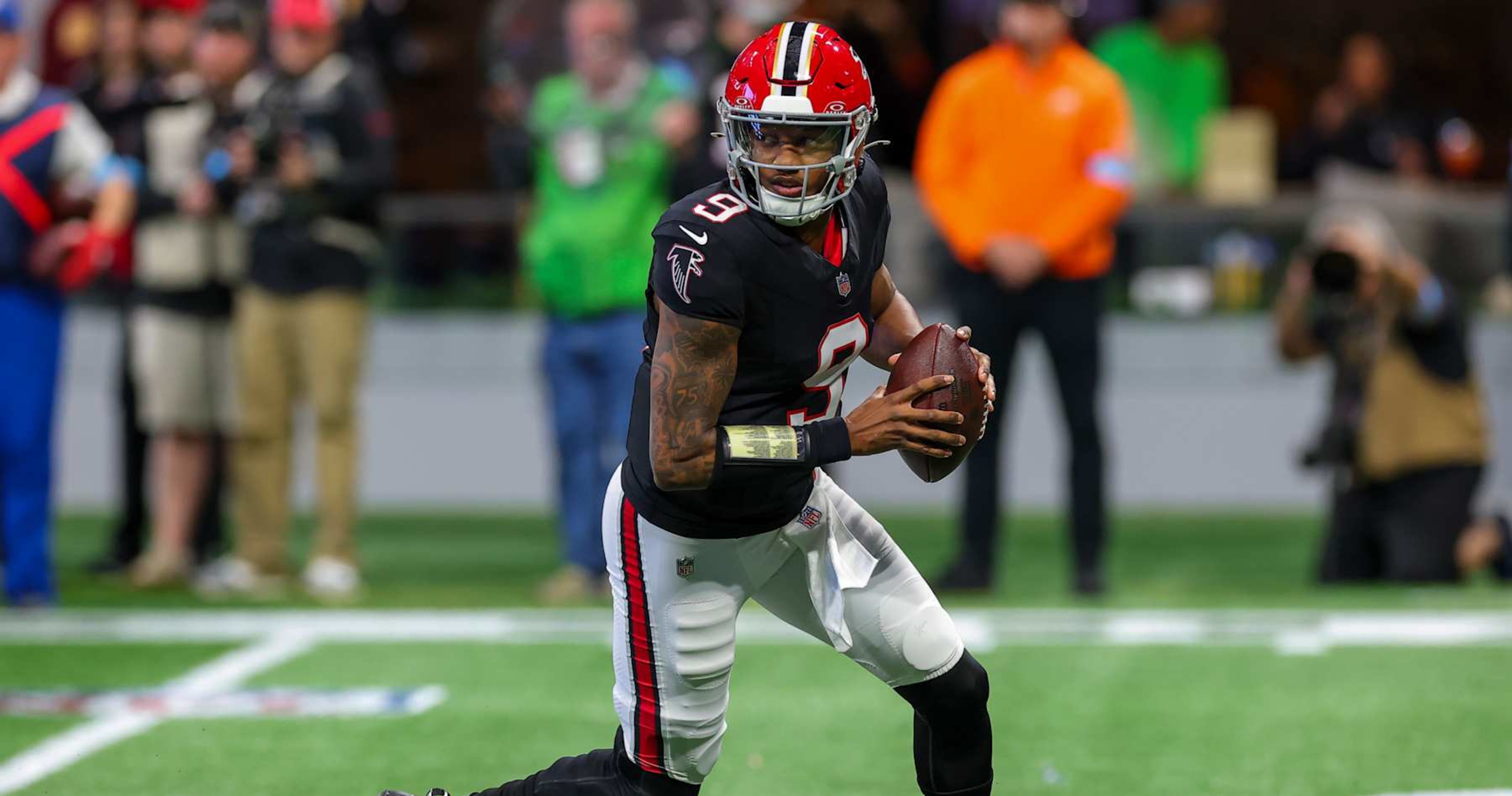Tech
Uber Is Locking Out NYC Drivers Mid-Shift to Lower Minimum Pay

(Bloomberg) — Uber Technologies Inc. has begun locking New York City drivers out of its app during periods of low demand in an attempt to fight a minimum wage rule, and Lyft Inc. is threatening to do the same. As a result, some drivers say their wages have fallen by as much as 50%.
At the heart of the move, say the two companies, is a six-year-old pay rule in New York that, among other things, requires firms like Uber and Lyft to pay drivers for the idle time they rack up between rides. The lockouts, which began last month, are aimed at limiting how much non-passenger time drivers are able to log and be paid for. Drivers, meanwhile, say they need to work longer hours to earn the same amount as before.
The lockouts occur unpredictably, making it difficult for drivers to plan work shifts and treat Uber as a full-time job. Sometimes these episodes can last over an hour.
An Uber spokesperson said that access to the platform is based on rider demand at any given time and place. If demand drops too far below supply, the company will temporarily shut drivers out.
Nikoloz Tsulukidze, who drives full time for Uber, said that he has been getting shut out of the app four or five times a day.
“I used to work 10 hours and make $300 to $350,” Tsulukidze said. “Now, I just worked 10 hours and barely made $170. I was so disappointed. I’m paying for my gas and cannot make money.”
Wesly Dorsainvil, another full-time Uber driver, similarly said he used to take home between $300 and $400 per shift, but was lately seeing between $170 and a little over $200.
Uber “mismanaged” hiring by allowing a surplus of drivers onto the platform and is now punishing workers for it, said Bhairavi Desai, president of the New York Taxi Workers Alliance, which she said represents 28,000 professional drivers in the city. Uber froze new driver sign-ups in April 2023 “largely due to” the New York City Taxi and Limousine Commission’s pay rule, according to a statement on the company’s website. Would-be drivers now have to add their names to a waitlist.
In emails to drivers, Uber and Lyft have blamed each other — and the commission — for lockouts. In its minimum-pay formula, the TLC calculates non-passenger time as an industry average. When Lyft drivers aren’t as busy, for example, Uber has to increase driver pay because non-passenger time is higher on average.
“The city’s rule bizarrely holds Uber responsible for Lyft’s failures,” said Uber spokesperson Freddi Goldstein. “With Lyft struggling to keep drivers busy, we don’t have other options.”
Uber’s drivers have been busier than Lyft’s this year, TLC data shows. But Uber’s dominant market share in New York — nearly triple Lyft’s — means that its numbers have a stronger pull on the average.
In a May 16 email reviewed by Bloomberg, Uber urged its New York City drivers to “let the TLC know the effect their rules have had” on their ability to earn.
Uber is ultimately “gaming the system,” Desai said, by using a TLC regulation as an excuse to take “time that should be paid under the law and making it unpaid.”
Since Uber began telling drivers to lobby regulators for a rule change, Lyft has told its own drivers that “Uber wants to change the rules so that Lyft is penalized,” per a June 14 email reviewed by Bloomberg. In the email, Lyft announced that it, too, would soon “have to” begin temporary driver freezes.
“The current NYC pay formula is broken,” said Lyft spokesperson CJ Macklin. “It forces rideshare companies to limit when drivers can earn, and therefore how much they can earn,” he said, adding that the regulation favors Uber because the fact that its drivers appear to have less idle time weighs down the calculated minimum pay.
Macklin also said that Lyft has been advocating for TLC rule changes that would allow it to compete with Uber while still paying drivers fairly.
Desai said that the union would consider a strike if the lockouts continue.
The ride-hailing companies have often sparred over TLC regulations. In 2019, after the city attempted to implement a flat minimum pay rate equivalent to the minimum wage, Uber and Lyft engaged in a similar lockout war that continued until the Covid-19 pandemic began in spring 2020.
The two ride-hailing companies have also resisted regulation in other parts of the country. In March, Uber and Lyft threatened to stop serving Minneapolis after city officials attempted to implement a driver pay raise equivalent to the minimum wage. Both companies temporarily pulled out of Austin when the city sought to introduce driver fingerprinting rules in 2016.
–With assistance from Natalie Lung.
More stories like this are available on bloomberg.com










